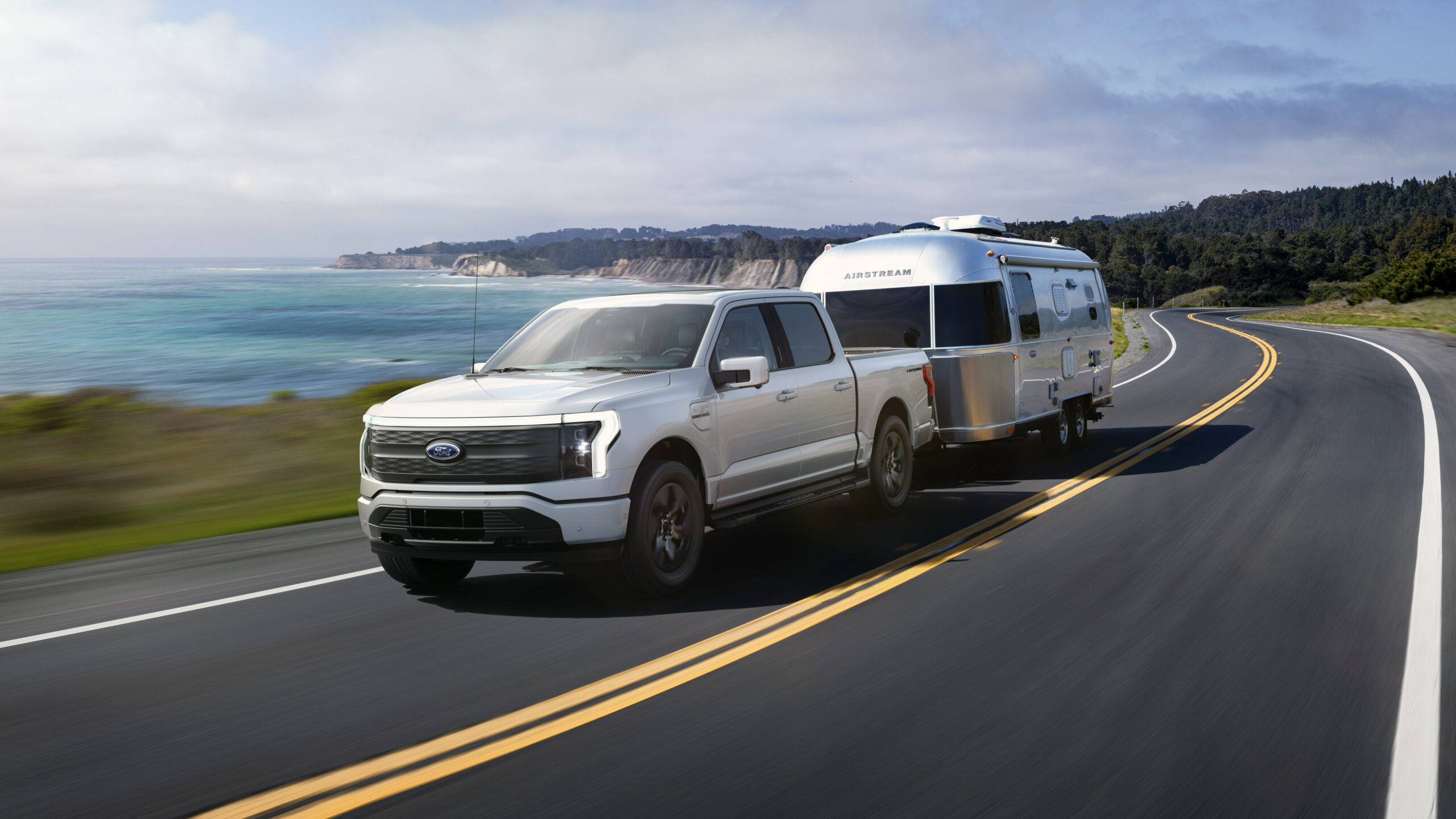More EVs Needed to Meet Fuel Efficiency Requirements

In a move strongly opposed by the auto industry, the federal Energy Department has dramatically changed the way carmakers can use plug-in hybrids and fully electric vehicles to offset production of internal combustion cars and trucks.
The move means that in order to comply with the federal fuel efficiency standard known as CAFE (Corporate Average Fuel Economy) car companies are going to have to produce far more PHEVS and EVs than they have been, while continuing to improve the fuel efficiency of their internal combustion vehicles.
The math is complex, but effectively, the department figures the relative energy efficiency of a gallon of gas and the corresponding amount of electricity, then gives electricity a large multiplier. The result is a “petroleum equivalency factor,’ or PEF, and to date it has been used to let automakers offset a lot of gas-burning vehicles with relatively few electrified cars and trucks. .
When One is Eight
Until now, the multiplier has been huge. An all-electric Ford F-150 Lightning, for instance, presently gets a PEF-adjusted fuel economy equivalency of 237.7 miles per gallon for CAFE purposes. That means that one F-150 Lightning offsets almost eight 30-mpg internal combustion vehicles when Ford is figuring its fleet-wide CAFE average.
That has allowed automakers to continue churning out lots of internal combustion vehicles and, as a percentage of total production, relatively few EVs and plug-in hybrids – just about 10% of annual production in 2023.
Note – the CAFE figures today are only marginally related to the EPA fuel economy estimates consumers see on the new vehicle’s window sticker. The F-150 Lightning’s EPA rating is only 66-67 mpg-equivalent, depending on trim level and battery size, versus 237.7 mpg-e for CAFE purposes.
Under the new PEF formula. the F-150 Lightning’s rating will drop steadily from 2027 through 2030, when, at 67.1 mpg-equivalent, it will match – or come close to matching – the electric pickup’s present window sticker fuel economy rating.
The Volkswagen ID.4, which now has a PEF-adjusted CAFE rating of 380.6 mpg-equivalent, will drop to a more realistic 107.4 mpg-e in 2030, almost the same as its present window sticker rating of 102-113 mpg-e, depending on trim level.
Toyota’s RAV4 Prime, a plug-in hybrid, will drop from its present PEF-adjusted CAFE rating of 127.5 mpg-e to 75.6 mpg-e, which is almost 20% lower than its present window sticker rating of 94 mpg-e.
The lower PEFs mean, for instance, that while one F-150 Lightning today offsets almost eight 30 mpg internal combustion vehicles in Ford’s annual fleet-wide average fuel economy, it will offset only two 30 mpg gas-burning cars or trucks in 2030 and beyond.
More EVs or More Efficient ICEs
The last time the PEF was revised was in 2010. Two environmental groups, the National Resources Defense Council and the Sierra Club, petitioned the Department of Energy tin 2021 to make the PEF more realistic – thus reducing the impact of electrified vehicles on automakers’ overall CAFE ratings.
The department agreed that the old, exaggerated PEF was no longer necessary. The new, smaller and more realistic PEFs from 2027 onward will increase the number of EVs and PHEVs a car company must make to meaningfully offset continued production of internal combustion vehicles. The alternative, of course, would be development of gas engines that can deliver EV-like fuel efficiency.
The Numbers
The Energy Department’s new PEF rule ultimately gets rid of the multiplier. For the numbers geeks among us, the present PEF value for model years 2024through 2026 is 82,049 watt-hours (82.049 kilowatt-hours) per gallon.
Annual reductions begin with the 2027 model year, at 79,989 watt-hours (79.989 kWh) per gallon and bottom out at 28,996 (28.996 kWh) per gallon for 2030 model year vehicles and beyond:
- MY 2024-2026: 82,049
- MY 2027: 79,989
- MY 2028: 50,427
- MY 2029: 36,820
- MY 2030 and after: 28,996
